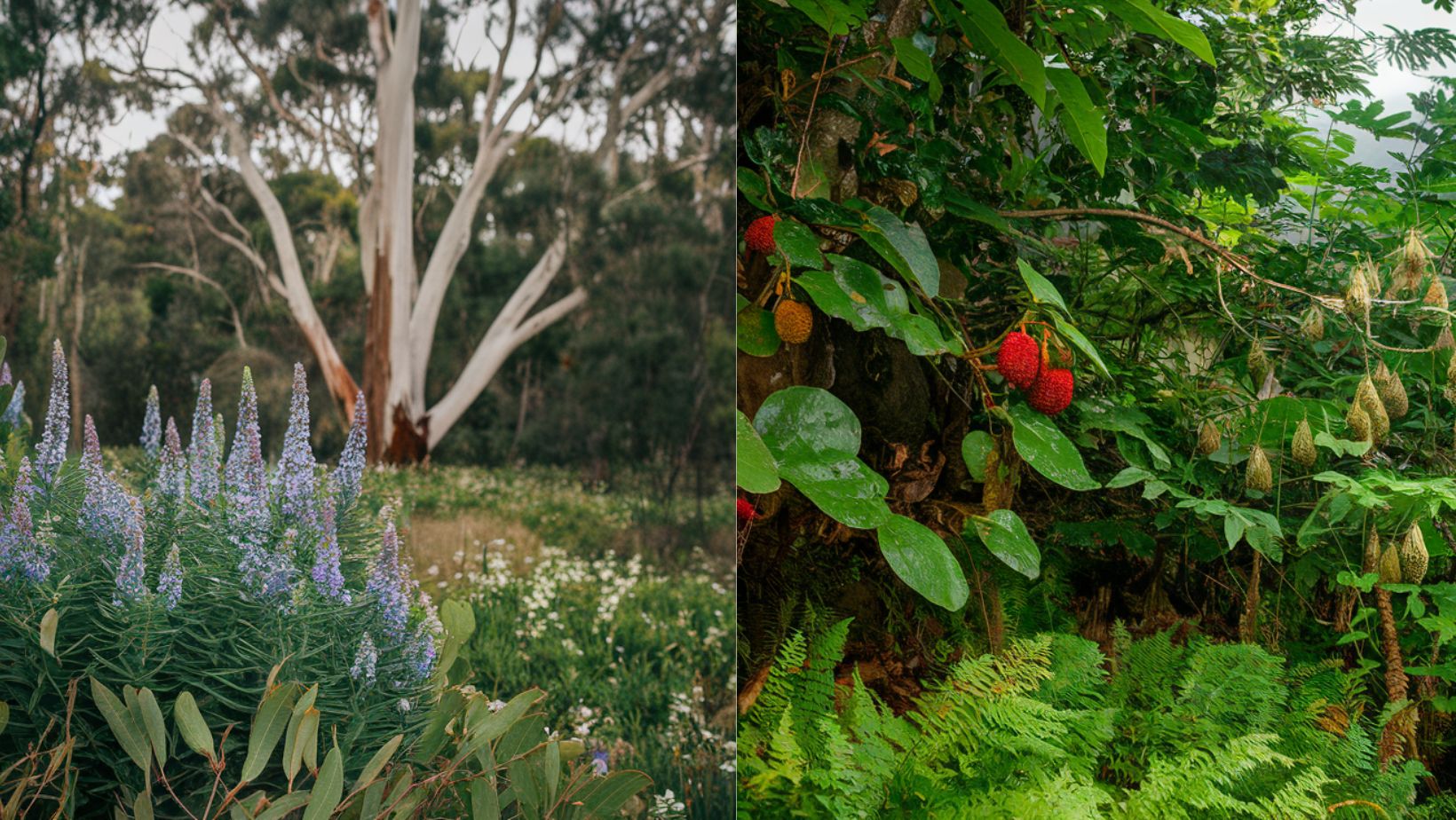What mysteries lie beneath the sun-scorched earth of Australia’s largest remaining temperate woodland? How have ancient artesian springs sustained life in this harsh environment for millennia? What draws the world’s rarest birds to this remote wilderness where forest meets desert?
In the heart of New South Wales, where the Great Artesian Basin meets the surface world, the Pilliga Forest harbors secrets that challenge our understanding of survival in extreme environments.
The Pilliga Represents Australias Most Unique Forest Ecosystem
Spanning over 500,000 hectares, the Pilliga Forest stands as the largest remaining temperate woodland in eastern Australia. Like Australia’s remote off-grid paradises, this vast wilderness represents a complex ecosystem where desert and forest species coexist in remarkable harmony. The forest contains the world’s largest remaining natural cypress pine woodland, creating a unique habitat that supports an extraordinary diversity of life. Recent ecological surveys have identified over 2,000 plant species, including several thought to be extinct.
Artesian Springs Create Oases of Life in the Harsh Environment
The Pilliga’s artesian springs, fed by the Great Artesian Basin, emerge at temperatures reaching 37°C. These thermal waters, similar to those found in Australia’s magical natural pools, create microhabitats that support unique assemblages of species. Scientists have identified endemic aquatic plants and invertebrates that exist nowhere else on Earth. The springs’ mineral content, rich in silica and therapeutic compounds, has attracted interest from medical researchers studying their potential healing properties.
Rare Birds Find Sanctuary in Complex Forest Canopy
The Pilliga serves as a crucial refuge for some of Australia’s most endangered birds. Recent surveys have documented over 240 bird species, including the rare Regent Honeyeater, of which fewer than 350 individuals remain in the wild. The forest’s structure, with its multi-layered canopy and abundant hollow-bearing trees, provides essential breeding habitat for numerous threatened species. Like Australia’s Galapagos-like islands, this ecosystem has become a last stronghold for species facing extinction elsewhere.
Bush Survival Skills Test Human Adaptability
Surviving in the Pilliga requires exceptional knowledge and preparation. The forest’s size and complexity make it one of Australia’s most challenging environments for navigation and survival. Temperature extremes can range from -5°C in winter to over 45°C in summer. Traditional Aboriginal knowledge, passed down through generations, reveals sophisticated techniques for finding water, identifying edible plants, and reading the landscape. Modern survival schools now incorporate these traditional practices into their training programs.
Geological Wonders Reveal Ancient Earth Processes
The Pilliga’s geology tells a story spanning millions of years. Sandstone formations, shaped by wind and water, create spectacular caves and rock formations. Underground, the Great Artesian Basin’s complex network of aquifers continues to shape the landscape. Recent geological studies have discovered evidence of ancient river systems and prehistoric forests preserved in stone, providing crucial insights into Australia’s paleoclimate.
Traditional Knowledge Meets Modern Conservation
Indigenous rangers work alongside scientists to manage the forest using a combination of traditional and contemporary practices. Traditional fire management techniques, refined over thousands of years, help maintain the forest’s ecological balance. These practices have proven crucial for protecting endangered species and promoting biodiversity. The success of this collaborative approach has made the Pilliga a model for indigenous land management worldwide.
Research Initiatives Unlock Forest Secrets
Scientific research in the Pilliga continues to yield surprising discoveries. Recent studies using satellite tracking have revealed previously unknown migration patterns of threatened birds. Environmental DNA analysis of the artesian springs has identified several undescribed species of microscopic organisms. Climate change research stations throughout the forest monitor its response to environmental changes, providing valuable data for predicting ecosystem responses to global warming.
Adventure Tourism Supports Conservation Efforts
Carefully managed adventure tourism helps fund conservation while providing unique experiences. Guided tours combine survival skills training with wildlife observation and cultural education. Specialized photography tours target rare bird species, while geology expeditions explore the forest’s unique rock formations. All tourism activities follow strict protocols to minimize environmental impact while maximizing educational value.
Future Challenges Require Innovative Solutions
The Pilliga faces numerous challenges, from climate change to resource extraction pressures. Conservation strategies must balance environmental protection with economic realities. Research into sustainable management practices continues, with promising results from trials of new restoration techniques and wildlife corridor enhancements. The forest’s future depends on maintaining the delicate balance between human use and environmental preservation.
Night Sky Sanctuary Protects Dark Sky Heritage
The Pilliga’s isolation has made it one of Australia’s premier dark sky locations. Recent designation as a Dark Sky Sanctuary protects the area from light pollution, benefiting nocturnal wildlife and creating opportunities for astronomical tourism. The clear desert air and minimal light pollution provide perfect conditions for stargazing and astrophotography. Nocturnal wildlife tours offer unique opportunities to observe the forest’s many nocturnal species in their natural habitat.
Community Engagement Ensures Long-term Protection
Local communities play a crucial role in protecting the Pilliga’s unique values. Educational programs engage schools and community groups in citizen science projects, fostering a sense of stewardship for the forest. Traditional owners share cultural knowledge through guided walks and workshops, ensuring their deep connection to country continues into future generations. This community involvement helps ensure the forest’s long-term preservation while providing sustainable economic opportunities for local residents.
